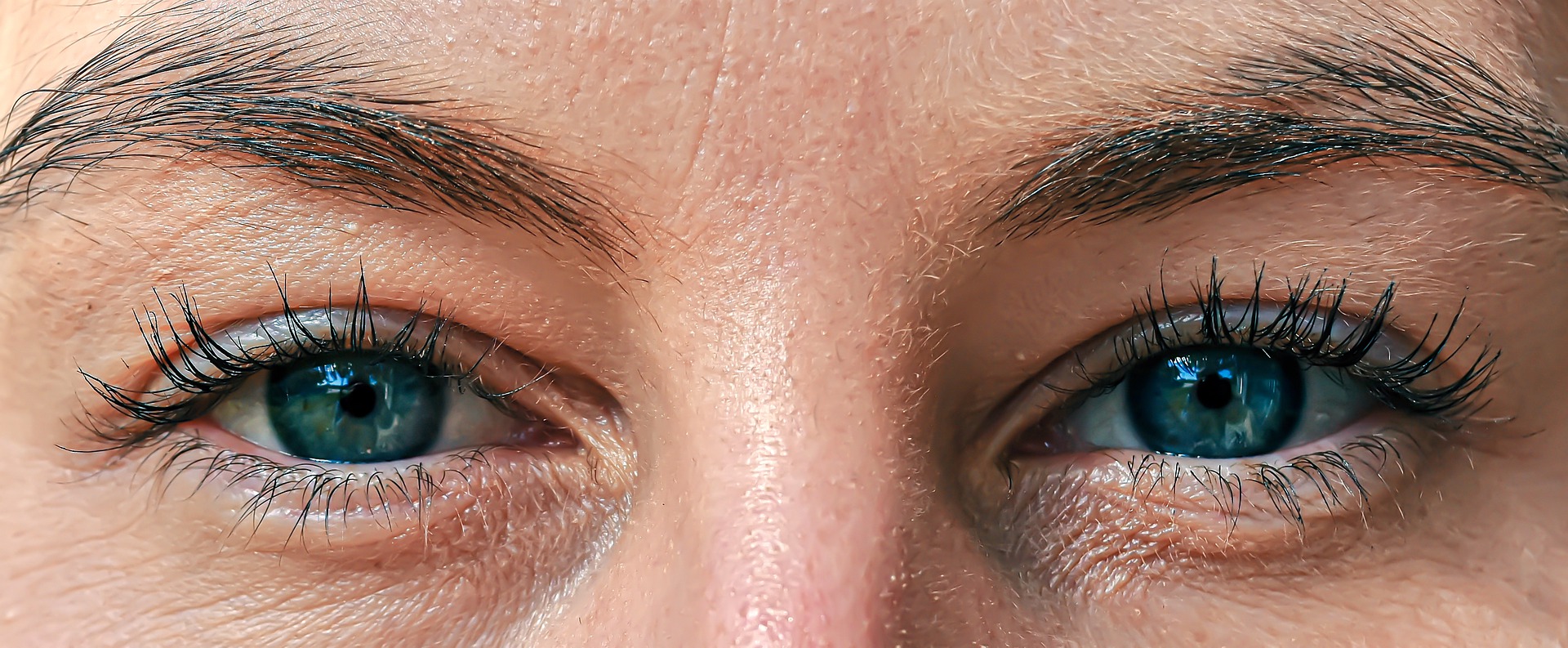Photodynamic therapy (PDT) is a process that involves light and a photosensitizing chemical substance to kill microbial living cells. The method is mostly used to treat acne, but also to kill bacteria, viruses, fungi, and even malignant cells. Interestingly, the same process can also enhance the vision of the patients in dark environments, creating sort of a night vision.
Sounds cool, right? Well, instead of going to photodynamic therapy, you can try another less painful solution. In unrelated discovery in 2015, biochemical researchers found out that the light-sensitive substance Chlorin e6 (Ce6) can improve the night vision of people that have it applied to the eyes. The researchers on that project used drops from a solution of water, salt, insulin, and Chlorin e6 directly on the eyes.
The same substance is in charge of creating a night vision in patients treated with photodynamic therapy. In this method, the photosensitizing chemical substance used is also Chlorin e6. When the substance reacts with rhodopsin, a light-sensitive protein in the human eye, it makes changes in the retinal so it can respond to different chemistry, such as infrared light.
“This explains the increase in night-time visual acuity. However, we did not know precisely how rhodopsin and its active retinal group interacted with chlorin,” chemist Antonio Monari, from the University of Lorraine in France, told Laure Cailloce at CNRS. “It is this mechanism that we have now succeeded in elucidating via molecular simulation.”
When the team dived into more detail, they found out that Ce6 first absorbs the infrared radiation and then interacts with oxygen inside the retina. Then, the substance transforms it into singlet oxygen, which, apart from destroying living cells, can also help the retinal achieve better night vision.
“For our simulation, we placed a virtual rhodopsin protein inserted in its lipid membrane in contact with several chlorin e6 molecules and water, or several tens of thousands of atoms.”
Image by Alexas_Fotos from Pixabay






